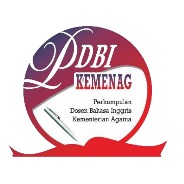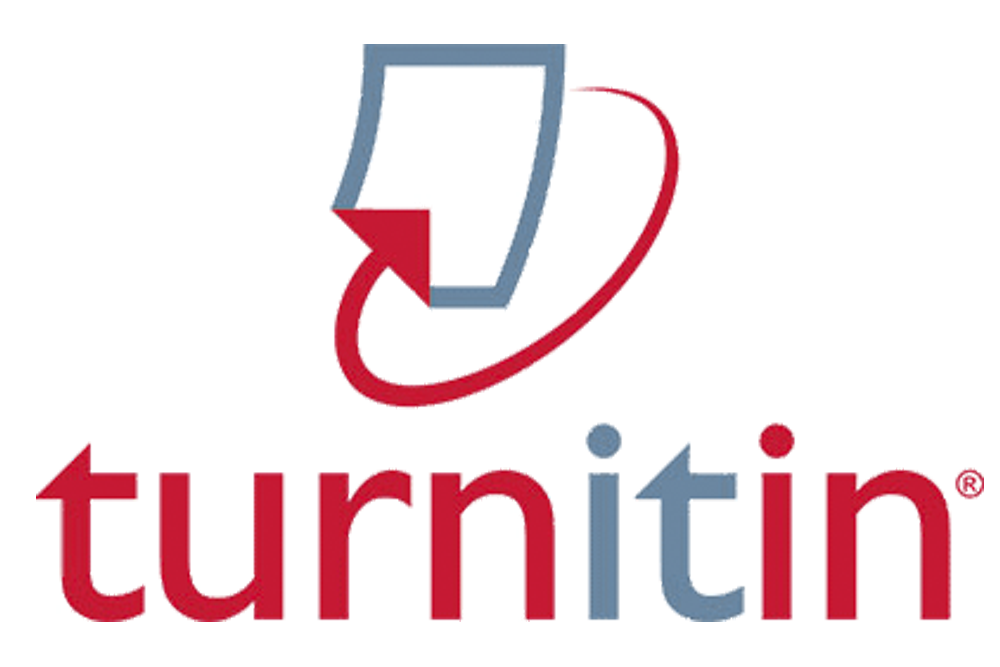Teaching English by Using Canva: Students’ and Lecturers’ Voice
Abstract
This research discovers students’ and lecturers’ voice on using Canva in English language teaching. This research employed quantitative descriptive method with 31 English Foreign Language (EFL) students and 5 lecturers. The data are gained from 31 students and 5 lecturers of English Department at IAIN Fattahul Muluk Papua. The students’ and lecturers are given a set of questionnaires to obtain their response on using Canva. After gaining the data, the researcher analysed the students’ and lecturers’ response by counting its frequency and percentage. The findings of this research Indicated that the majority of students and lecturers have positive voice on using Canva in English language teaching based on three indicators that is provided by researcher, those are: usefulness, ease to use, and easy access. This research revealed that Canva is usefulness tool for English language teaching. Canva is also ease of use tool for English language teaching which easy to use, effective, improve teaching and learning process, and easy to distribute. At the end, Canva has easy access because Canva provides everything for teaching and learning process such as video, images, colourful. Besides, Canva becomes an interesting App, and good choice for learning and teaching process.
Keywords
Full Text:
PDFReferences
Al Khoeri, A. F., Nuraini, W., Ramdani, R., & Agum, S. (2021). The implementation of Canvas to enhance english teaching and learning. In International Conference on Education of Suryakancana (IConnects Proceedings).
Apriani, E., & Handrianto, C. (2021). Empowering ICT Potentials in English Language Teaching. 10(2), 42–48. https://doi.org/10.30630/polingua.v10i2.180
Apriani, E., Inderawati, R., Arianti, A., Wati, S., & Hakim, I. N. (2021). Implementing e-learning training toward English virtual lecturers: The process, perspectives, challenges and solutions. International Journal of Emerging Technologies in Learning, 16(4), 240-255. https://doi.org/10.3991/ijet.v16i04.14125
Apriani, E., Supardan, D., & Sartika, E. (n.d.). (2019). Utilizing ICT to Develop Student’s Language Ethic at Islamic University. 5(1), 1–14.
Apriani, E., Supardan, D., & Umami, M. (2020, November 1). Independent learning: English teachers’ problems in designing a good lesson plan in new normal era at MAN Rejang Lebong [Paper presentation]. International Conference on the Teaching English and Literature, Bengkulu, Indonesia.
Atkinson, A. P., & Adolphs, R. (2005). Visual emotion perception: Mechanisms and processes. Emotion and Consciousness, July, 150–184
Cabrera-Solano, P., Quinonez-Beltran, A., Gonzalez-Torres, P., Ochoa-Cueva, C. & Castillo-Cuesta, L. (2020). Enhancing EFL students’ active learning by using ‘Formative’ on mobile devices. International Journal of Emerging Technologies in Learning (iJET), 15(13), 252-263. https://doi.org/10.3991/ijet.v15i13.13975
Çeçen, G. (2020). Tertiary Level EFL Students’ Perceptions Regarding the use of Edmodo, Quizlet, and Canva within Technology Acceptance Model (TAM) The Graduate School of Education of İhsan Doğramacı Bilkent University. June. http://repository.bilkent.edu.tr/handle/11693/53649#.YpTrKYlFl0s.mendeley
Elsa, E., & Anwar, K. (2021). The Perception of Using Technology Canva Application as a Media for English Teacher Creating Media Virtual Teaching and English Learning in Loei Thailand. Journal of English Teaching, Literature, and Applied Linguistics, 5(1), 62. https://doi.org/10.30587/jetlal.v5i1.2253
Febrianara, Y. (2015). Students’ perception of the implementation of scaffolding in public speaking class. Yogyakarta.
Ghavifekr, S., Afshari, M., & Salleh, A. (2017). Management strategies for E-Learning system as the core component of systemic change: A qualitative analysis. Life Science Journal.
Himawan, M. H. (2018). DESIGNING ONLINE READING MATERIALS USING CANVAS PLATFORM FOR EIGHTH GRADE STUDENTS OF SMP MARIA ASSUMPTA KLATEN TITLE PAGE A SARJANA PENDIDIKAN THESIS Presented as Partial Fulfillment of the Requirements to Obtain The Sarjana Pendidikan Degree in English.
Jamieson-Proctor. (2013). Development of the TTF TPACK Survey Instrument. Australian Educational Computing.
Jumami, M. F. (2021). Using Canva in Teaching Writing To EFL Classroom Students. The 3rd Bogor English Student and Teacher (BEST) CONFERENCE 2021 P-ISSN:, 60–65.
Manangsa, V, A., Gusmuliana, P., & Apriani, E. (2020). Teaching English by using andragogy approach for EFL students. Teaching English by Using Andragogy Approach for EFL Students, 4(03), 386-400. https://doi.org/10.33369/jeet.4.3.386-400
Musfiqon, H. M. (2012). Pengembangan media dan sumber pembelajaran. Jakarta: PT. Prestasi Pustakaraya.
Noor, W., Wan, H., & Jusoff, K. (2009). Using multimedia in teaching Islamic studies. Journal Media and Communication Studies. 1(5), 86–94.
Sanjaya, H. K., Apriani, E., & Edy, S. (2020). Using web blog for EFL students in writing class. Journal of English Education and Teaching, 4(04), 516-535. https://doi.org/10.33369/jeet.4.4.516-535
Smaldino, S. E. (2015). Instructional technology and media for learning. New York: Pearson.
Sugiyono. 2017. Metode Penelitian Pendidikan (Pendekatan Kuantitatif, Kualitatif, dan R&D). Bandung: Alfabeta.
Vaughan, T. (2008). Multimedia: making it work. NY: Osborne Mc Graw–Hill
DOI: http://dx.doi.org/10.29240/ef.v6i2.5709
Refbacks
- There are currently no refbacks.
Copyright (c) 2022 Erfin Wijayanti

This work is licensed under a Creative Commons Attribution-NonCommercial-ShareAlike 4.0 International License.
INDEXED BY:
 This work is licensed under a Creative Commons Attribution-NonCommercial-ShareAlike 4.0 International License
This work is licensed under a Creative Commons Attribution-NonCommercial-ShareAlike 4.0 International License
@ ENGLISH FRANCA : Academic Journal of English Language and Education
Jl. Dr. AK Gani No 1 Dusun Curup, Rejang Lebong Regency, Bengkulu Province, Indonesia, 39119.
Dr. Eka Apriani, M.Pd., email: efranca@iaincurup.ac.id, eka.apriani@iaincurup.ac.id.




.png)












